Termites in Ohio: My Encounter
When it comes to dealing with “termites in Ohio“, understanding their behavior, habits, and queen is crucial. These pests can cause significant damage to homes and structures if left unchecked. By learning about the signs of termite infestation and effective prevention methods, you can protect your property from costly repairs. Stay informed on the best practices for identifying, treating, and preventing termite issues in Ohio to safeguard your investment and ensure peace of mind.
Key Takeaways
- Early Identification is Key: Learn to recognize signs of termite presence such as mud tubes, discarded wings, and wood damage to address the issue promptly.
- Act Swiftly Against Infestations: Termites can cause significant structural damage; seek professional control services promptly to mitigate the impact on your property.
- Regular Inspections are Crucial: Schedule routine inspections to catch termite activity early and prevent extensive damage.
- Stay Informed About Swarming Seasons: Understanding when termites swarm in Ohio can help you prepare and take preventive measures to safeguard your home.
- Proactive Prevention is Best: Implement preventive measures like reducing moisture around your home, maintaining proper ventilation, and keeping woodpiles away from the house to deter termite infestations.
- Consult Experts for Guidance: When in doubt, seek advice from pest control professionals to assess your termite risk and develop a comprehensive prevention plan.
Identifying Termites in Ohio
Eastern Subterranean Termite
Eastern Subterranean Termite: The most common termite species in Ohio, known for their destructive feeding habits and ability to remain hidden.
Appearance: Creamy white or pale yellow with no wings, workers are the most frequently seen caste.
Signs of Infestation:Look for mud tubes on walls, damaged wood with maze-like patterns, and discarded wings near windowsills.
Preferred Habitats
Moisture Levels: Termites thrive in moist environments, making damp basements and crawl spaces ideal nesting grounds.
Wood Sources: They feed on cellulose materials like wooden structures, books, and paper products.
Prevention Methods: Maintain proper ventilation, repair leaks promptly, and avoid wood-to-soil contact around homes.
Damage and Problems Caused
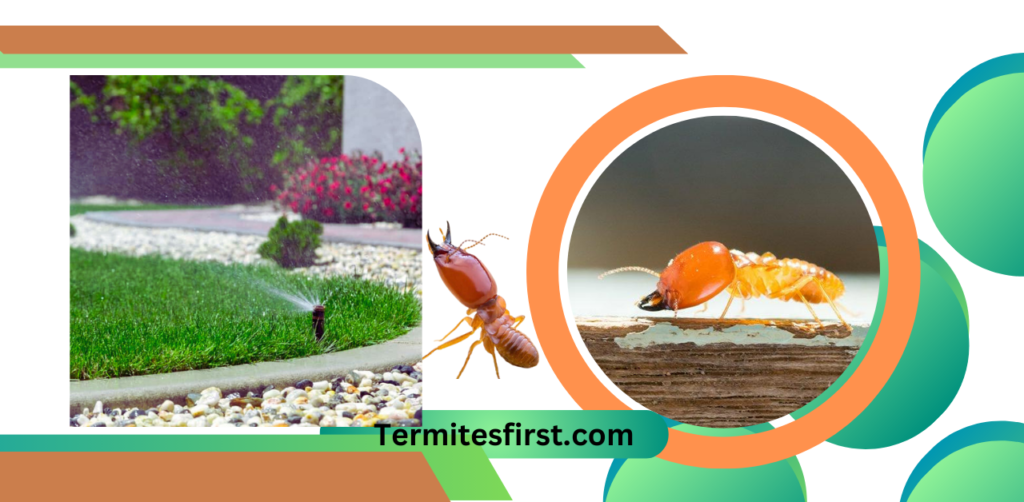
Signs of Infestation
Termites in Ohio can cause significant damage over time, especially in structures with wooden components. Common signs include buckling wood, swollen floors, and visible mazes within walls. These pests are silent destroyers, often unnoticed until extensive damage has occurred.
Financial Implications
The financial impact of termite damage is substantial, exceeding $5 billion annually in the U.S. alone. In Ohio, these insects pose a significant threat to residential and commercial properties, leading to costly repairs and structural issues. It is crucial for homeowners to be vigilant and take proactive measures to prevent infestations.
Personal Insight: I once encountered termite damage in my own home, and it was a costly lesson on the importance of regular inspections and maintenance routines.
Prevention Strategies
To safeguard against termite infestations, it is essential to address moisture issues, eliminate wood-to-soil contact, and conduct regular inspections. Implementing precautionary measures such as using termite-resistant materials during construction can help mitigate the risk of infestation.
Control Services Overview
Pest Control Companies
Pest control services are essential for effectively eliminating termites in Ohio. Quality Pro certified companies, with nearly 70 years of experience, offer expertise in controlling termite infestations.
These companies utilize advanced techniques and treatments to eradicate termites from homes and buildings. By opting for professional services, homeowners can ensure thorough and long-lasting termite control solutions.
Satisfaction Guarantee
When selecting a pest control service for termite infestations, it is crucial to look for companies that provide a satisfaction guarantee. This ensures that the job is done right and gives customers peace of mind regarding the effectiveness of the treatment.
Professional pest control services not only focus on eliminating existing termite colonies but also implement preventive measures to avoid future infestations. By addressing the root cause of the issue, these services offer comprehensive protection against termites.
In my experience, hiring a reputable pest control company for termite management provided me with valuable insights into effective prevention methods. Their expertise and tailored approach significantly reduced the risk of termite damage in my property.
Termite Swarming Season
Signs & Prevention
Termite swarming season typically occurs in March in Ohio, signaling heightened termite activity. To prepare, watch for swarmers, discarded wings, mud tubes, and wood damage.
Proactive measures include reducing moisture around the home, fixing leaks promptly, and maintaining proper ventilation. Regularly inspecting wooden structures and using termite-resistant materials can also deter infestations.
I once discovered discarded wings near my window during termite swarming season. It prompted me to schedule a professional inspection to safeguard my home’s structural integrity.
Environmental Factors
The timing of termite swarming season can vary based on factors like temperature and humidity levels. In Ohio, these conditions influence when termites become active and swarm.
Homeowners should be vigilant during warmer months as they are conducive to termite activity. Implementing preventive measures before peak seasons can significantly reduce the risk of infestations.
My neighbor experienced a severe termite infestation due to neglecting early signs of swarmers in their basement. It highlighted the importance of regular inspections and prompt action.
Conclusion:
In conclusion, understanding the signs of termite infestation in Ohio is crucial to prevent extensive damage to properties. Identifying these pests early on can save homeowners significant costs and headaches in the long run. By recognizing the distinct characteristics of termites in Ohio and being vigilant about any warning signals, individuals can take proactive steps to protect their homes.
If you suspect termite activity or notice any concerning indicators, don’t hesitate to reach out to professional pest control services for a thorough inspection and tailored treatment plan. Remember, swift action is key when dealing with termites to safeguard your property effectively. Stay informed, stay vigilant, and prioritize the health of your home.
Related: Do Termites Come Out at Night?
FAQ’s:
Termites in Ohio leave behind mud tubes, discarded wings, hollow-sounding wood, and tiny holes in walls. Look out for sagging floors and ceilings, peeling paint that resembles water damage, and piles of small fecal pellets.
Flying ants have elbowed antennae, a pinched waist, and two pairs of wings that differ in size. Termites have straight antennae, a broad waist, and two pairs of wings that are equal in size. Termites have thick waists compared to flying ants.
Termites can cause extensive structural damage by feeding on wooden structures such as beams, floors, and furniture. This damage can compromise the integrity of a home over time if left untreated.
In Ohio, termite swarming season typically occurs during the spring months when temperatures rise. This is when reproductive termites leave their colonies to mate and establish new colonies. Homeowners should be vigilant during this period for signs of termite activity.
Professional termite control services are highly recommended in Ohio due to the potential damage these pests can cause. Experts can assess the extent of infestation, implement effective treatment plans using specialized tools and products, and provide long-term prevention strategies to safeguard your property.

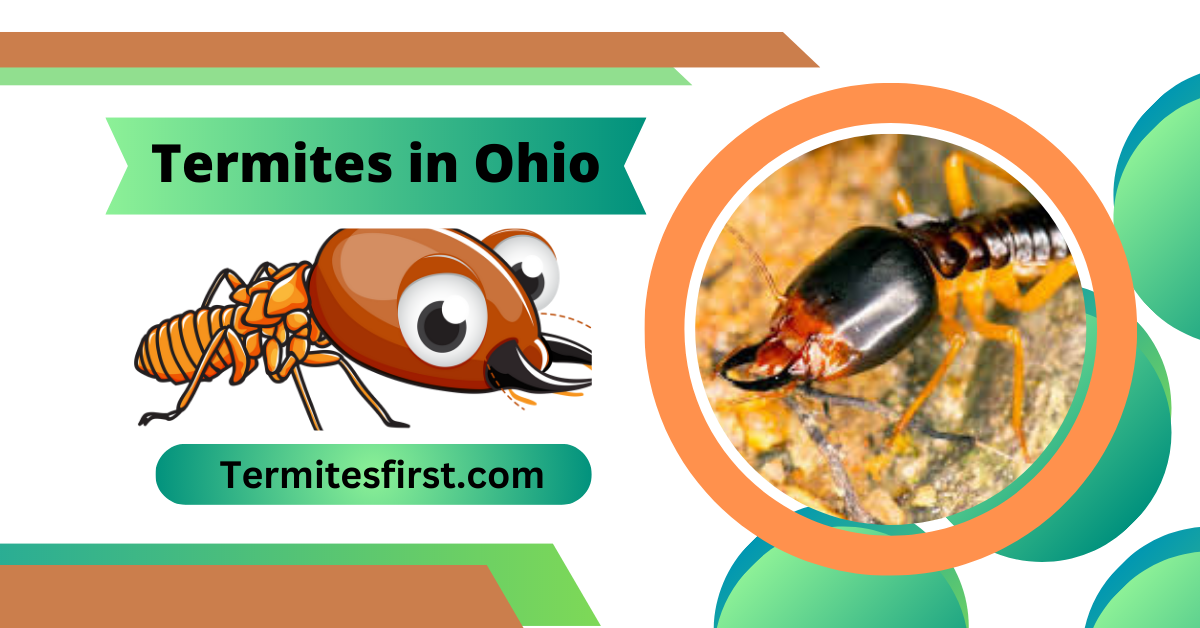

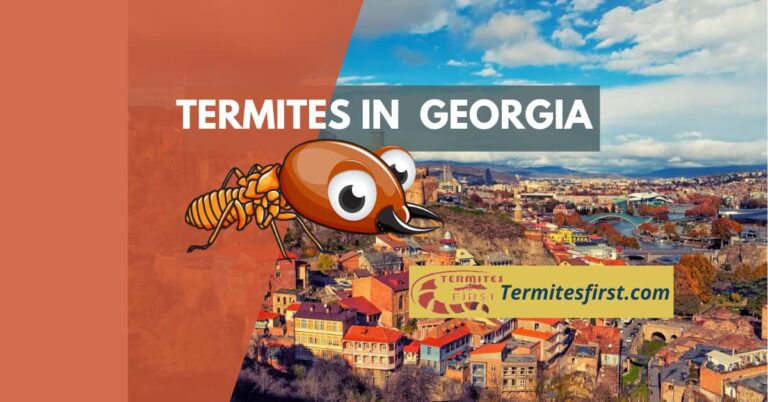

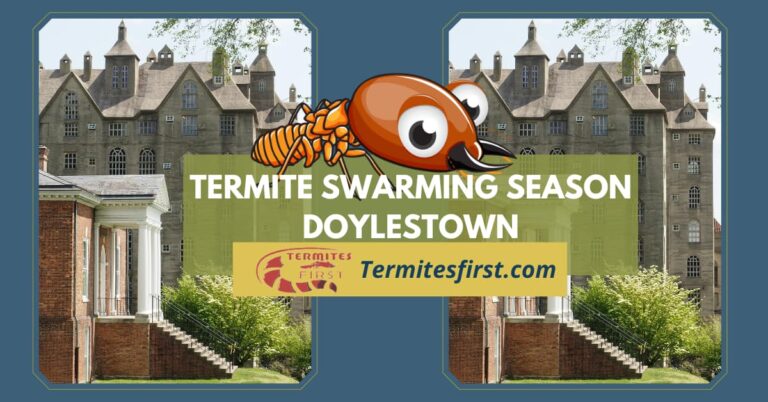

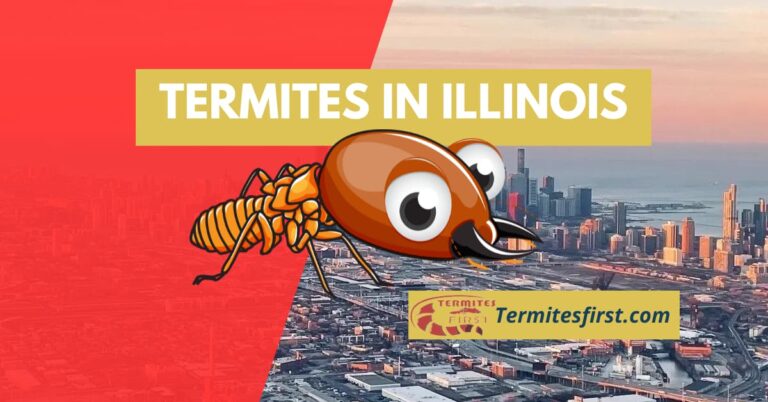
4 Comments